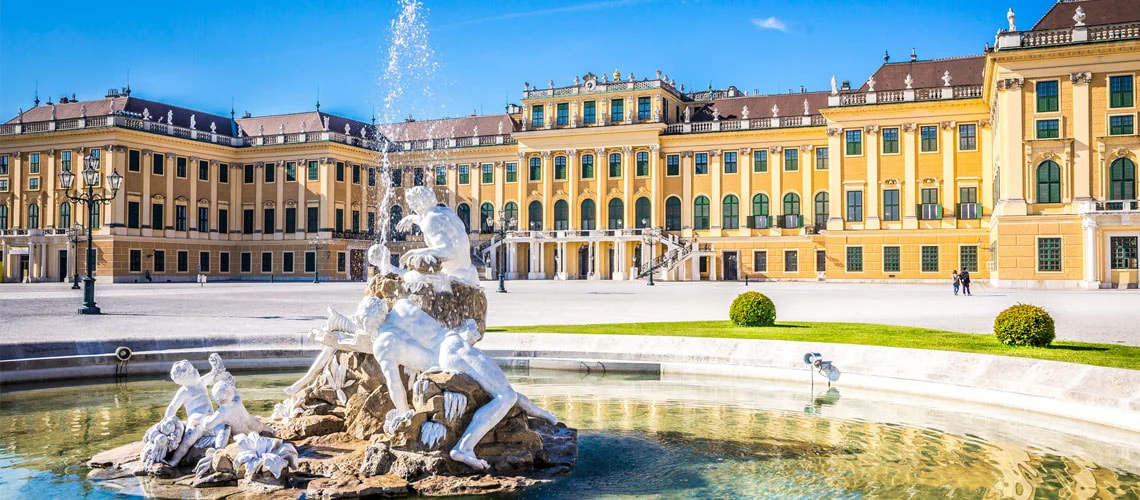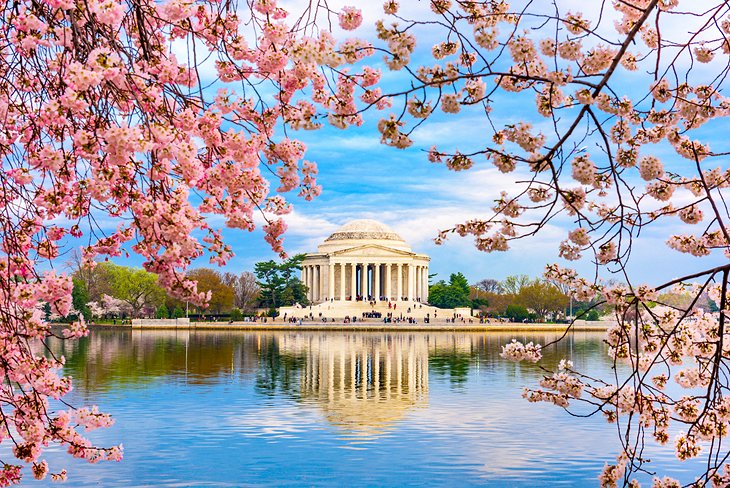pokomde.info – Schönbrunn Palace is not only one of Vienna’s most beautiful landmarks but also a symbol of Austria’s rich imperial history. This UNESCO World Heritage Site, once the summer residence of the Habsburg dynasty, is known for its opulent architecture, lush gardens, and fascinating history. Here’s a guide to exploring Schönbrunn Palace and making the most of your visit.
1. The Palace’s History and Legacy
Schönbrunn Palace has its origins in the 17th century when it was built on land once occupied by a hunting lodge. Empress Maria Theresa, who transformed it into the stunning baroque palace we see today, wanted Schönbrunn to be a reflection of her empire’s grandeur. Over time, the palace became a key residence for the Habsburgs, hosting numerous historical events, including diplomatic meetings, grand balls, and family gatherings.
One of the most notable residents was Emperor Franz Joseph, who was born and died here. His reign as emperor lasted nearly 68 years, marking him as one of the longest-serving European monarchs. Schönbrunn’s rich history makes it an ideal place for visitors to step back in time and experience life in the royal court.
2. Highlights of Schönbrunn Palace
The palace itself contains over 1,400 rooms, though only a select few are open to the public. These rooms are filled with baroque and rococo splendor, offering a look into the extravagant lives of the Habsburg monarchs.
- The Great Gallery: This is one of the palace’s most striking rooms, a grand hall adorned with crystal chandeliers, gilded mirrors, and elaborate frescoes. It served as a venue for imperial balls and state banquets, where foreign dignitaries and royalty gathered.
- The Hall of Mirrors: Known for its intricate rococo design, this room hosted small concerts, including one by a young Wolfgang Amadeus Mozart who performed for the empress herself at the age of six.
- The Blue Chinese Salon: This room’s unique Chinese-inspired decor and blue-and-white theme give it a distinct feel. It’s also historically significant, as it was the room where Emperor Karl I signed his abdication in 1918, marking the end of the Habsburg Empire.
- Franz Joseph’s Bedroom: The emperor preferred simple living quarters despite his grand status. His bedroom is modestly furnished, reflecting his discipline and commitment to duty.
3. Schönbrunn Gardens and Grounds
Beyond the palace, the Schönbrunn Gardens are a marvel in their own right. Spread over 500 acres, the gardens are a masterpiece of baroque landscaping, with symmetrical flower beds, fountains, statues, and pathways. Designed to impress, they were meant as an outdoor extension of the palace’s splendor.
- The Gloriette: Sitting atop a hill overlooking the palace grounds, the Gloriette is an ornate structure with a grand terrace, offering sweeping views of Schönbrunn and Vienna beyond. It’s a short uphill walk from the palace, and the view is well worth it. There’s also a café in the Gloriette, perfect for a scenic break.
- Neptune Fountain: This stunning fountain at the end of the main garden pathway depicts Neptune, the Roman god of the sea, and represents the Habsburg rulers’ power and divine right to rule. It’s a picturesque spot and a popular photo location.
- The Maze and Labyrinth: For a bit of fun, the maze area near the gardens is great for families and children. It includes a traditional hedge maze, along with a labyrinth featuring interactive games and activities.
4. Tiergarten Schönbrunn: The Schönbrunn Zoo
Located within the palace grounds, Tiergarten Schönbrunn is the world’s oldest zoo, founded in 1752. Originally built as a private zoo for the Habsburgs, it’s now a popular attraction with over 700 species, including giant pandas, elephants, and Siberian tigers. The zoo is dedicated to conservation and education, making it both an entertaining and informative stop, especially for families.
5. Practical Tips for Visiting Schönbrunn Palace
To get the most out of your visit to Schönbrunn, consider these tips:
- Plan Ahead: Schönbrunn is one of Vienna’s top attractions, and it can get crowded, especially in peak season. Booking tickets online and arriving early can save time.
- Tour Options: Several tour options are available. The Imperial Tour covers 22 rooms, while the Grand Tour takes you through 40 rooms, providing a more comprehensive look at the palace. Audio guides are included, and guided tours are available for an even richer experience.
- Photography: Photography is not allowed inside the palace rooms, so be sure to capture plenty of outdoor shots. The gardens, Neptune Fountain, and Gloriette offer great opportunities for beautiful photos.
- Café and Gift Shops: There are charming cafés and shops within the palace grounds where visitors can sample Austrian treats or pick up souvenirs.
6. Seasonal Events at Schönbrunn
Throughout the year, Schönbrunn Palace hosts special events, with something for every season. The Christmas Market at Schönbrunn is a beloved Viennese tradition, featuring stalls selling handmade crafts, holiday treats, and festive music. During the summer months, the palace gardens host concerts, and the Gloriette Café is the perfect spot to enjoy a sunny afternoon.
7. Getting There
Schönbrunn Palace is accessible by public transportation, making it easy for travelers to reach from Vienna’s city center. The U4 subway line takes you directly to the Schönbrunn station, which is a short walk from the palace entrance. Alternatively, several tram and bus routes connect to Schönbrunn.
Conclusion
A visit to Schönbrunn Palace is like stepping back into Austria’s imperial past. With its grandeur, history, and sprawling gardens, Schönbrunn offers an unforgettable experience for visitors of all ages. From its stunning palace rooms to the scenic Gloriette and the fun of the maze and zoo, Schönbrunn captures the essence of Viennese history and culture in a single, magical destination.








